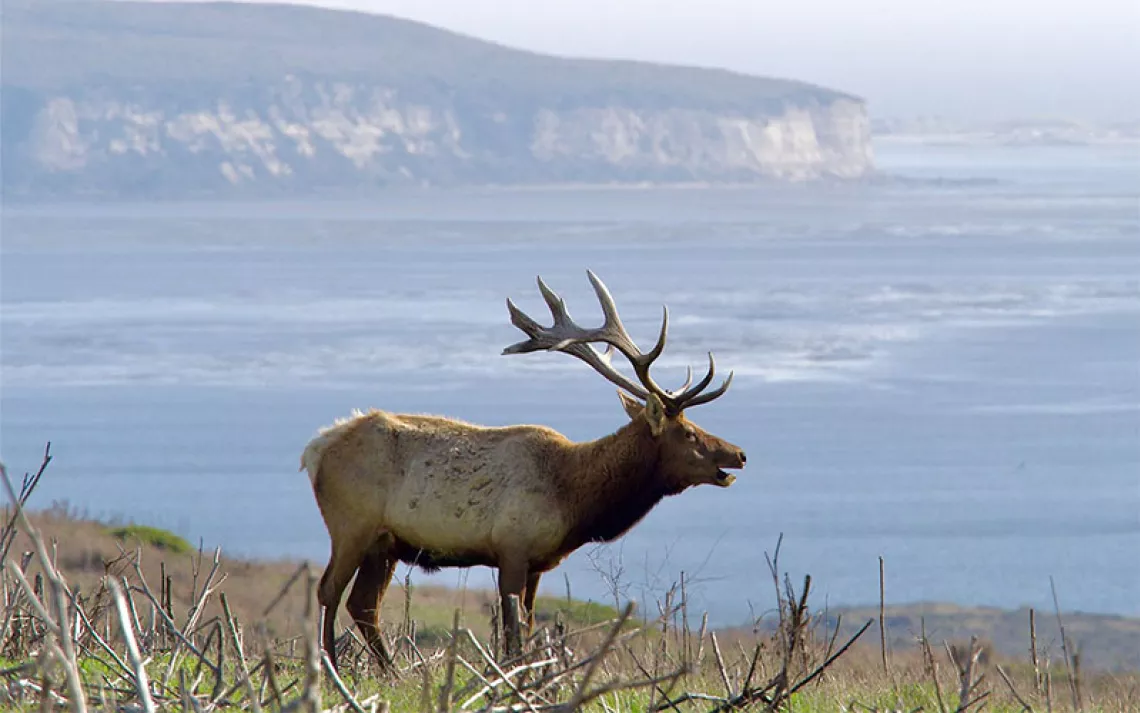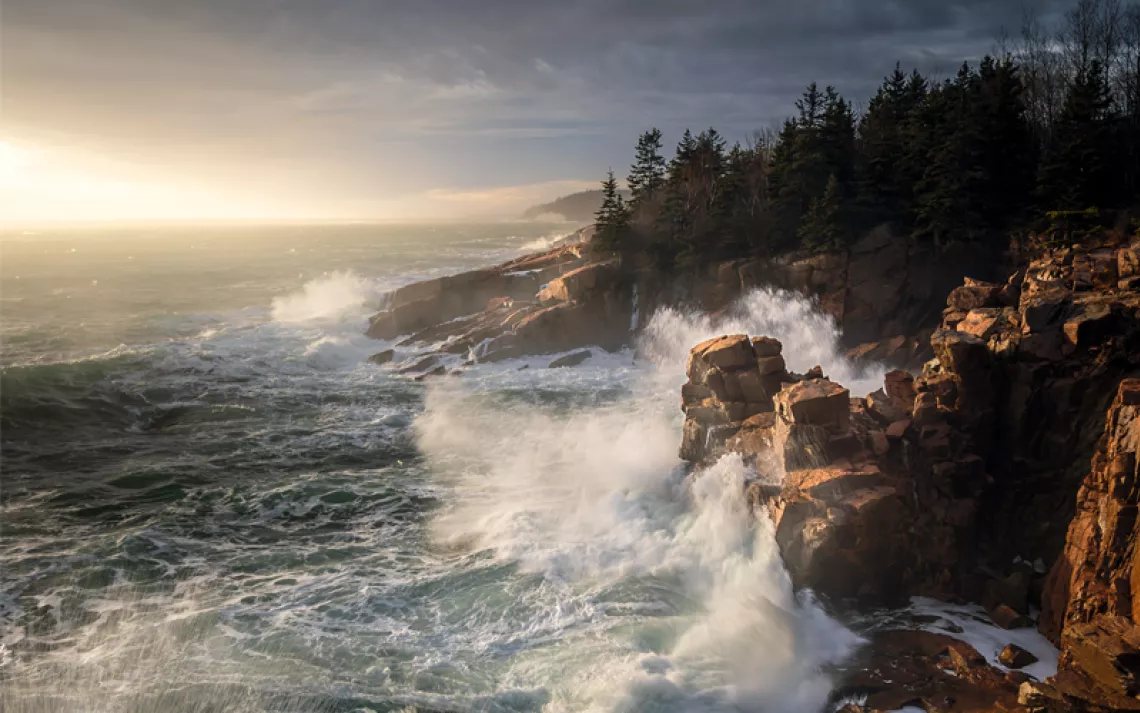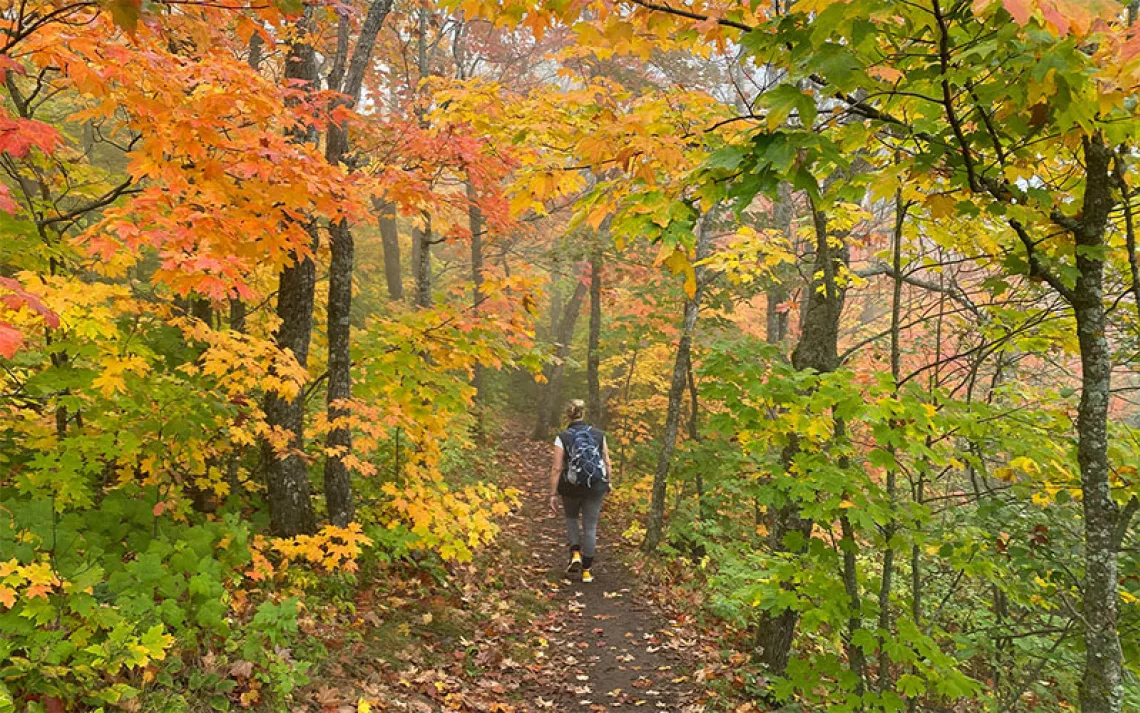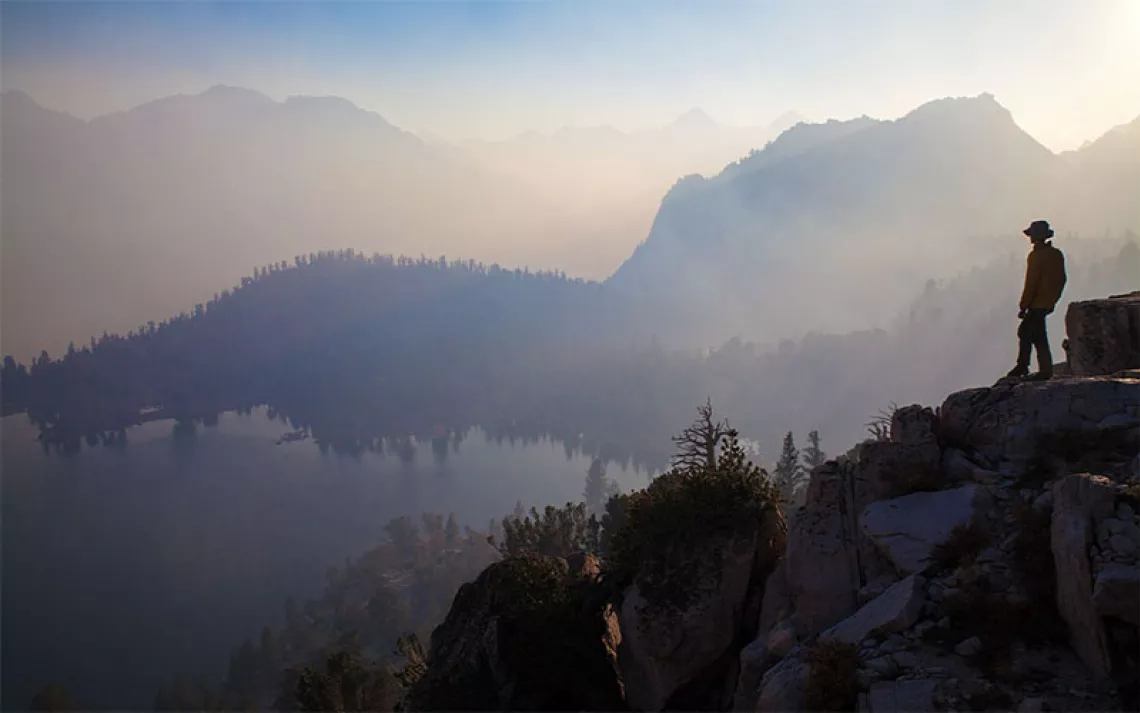The Return of Park Ranger Diplomacy
A National Park Service, Peace Corps collaboration helped conservation worldwide
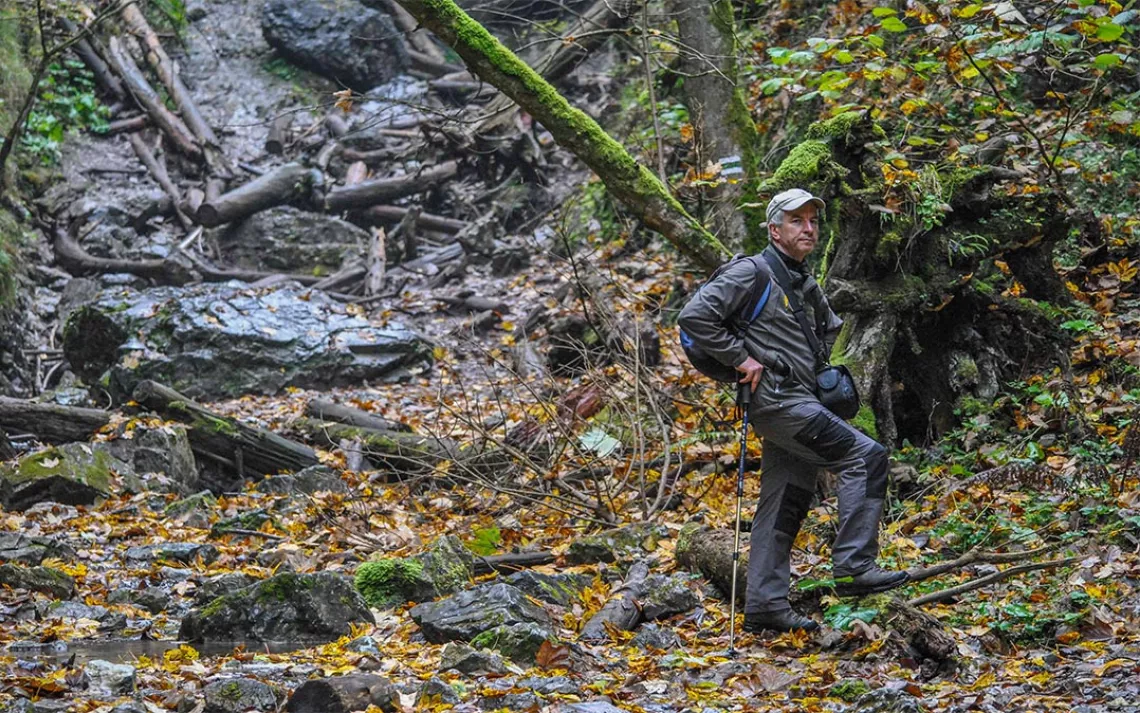
Vlado Vançura, a former park ranger for Tatra National Park
|Photos by Jim O'Donnell
It is autumn in the mountains of central Europe. Scatterings of beech trees light the forest in yellows and reds. Vlado Vançura, a former park ranger for Tatra National Park, points up a narrow, twisting valley toward one of the oldest stands of spruce in the park. The spruce are draped in light-green moss. They’re so tall they block out the sunlight.
“If it wasn’t for the Americans,” he says, “we wouldn’t have thought to protect that.”
The Tatras was historically a commons, used mostly by local villages for grazing and harvesting firewood but also home to logging and mining. In the early part of the 20th century, Slovakia and Poland became fascinated with America’s national park system. When the United States and Canada joined together Glacier and Waterton National Parks to form the world’s first International Peace Park in 1932, the Slovaks and the Poles began talking about creating a similar park on the border between their countries, in the Tatras.
I’d met Vançura at a European wilderness conference—he and a wolf biologist named Gudrun Pfluger invited me to spend three weeks tracking wolves with them in the Tatras. It was an astounding experience. But just as surprising to me were the number of Slovakian park managers we met along the way who credited Americans for changing how they thought about park management.
Today, Vançura is one of the key players in the European Wilderness Society, which is working to protect what remains of Europe’s last wild areas. Along with his brother, who later served as the head of Slovakia’s national parks, Vançura participated in a number of training sessions and cultural exchanges that were part of a long collaboration between the National Park Service and the American Peace Corps. The collaboration ended in 2001, but recent discussions between the Park Service and the Peace Corps could give it new life, just as American diplomacy enters an uncertain new era.
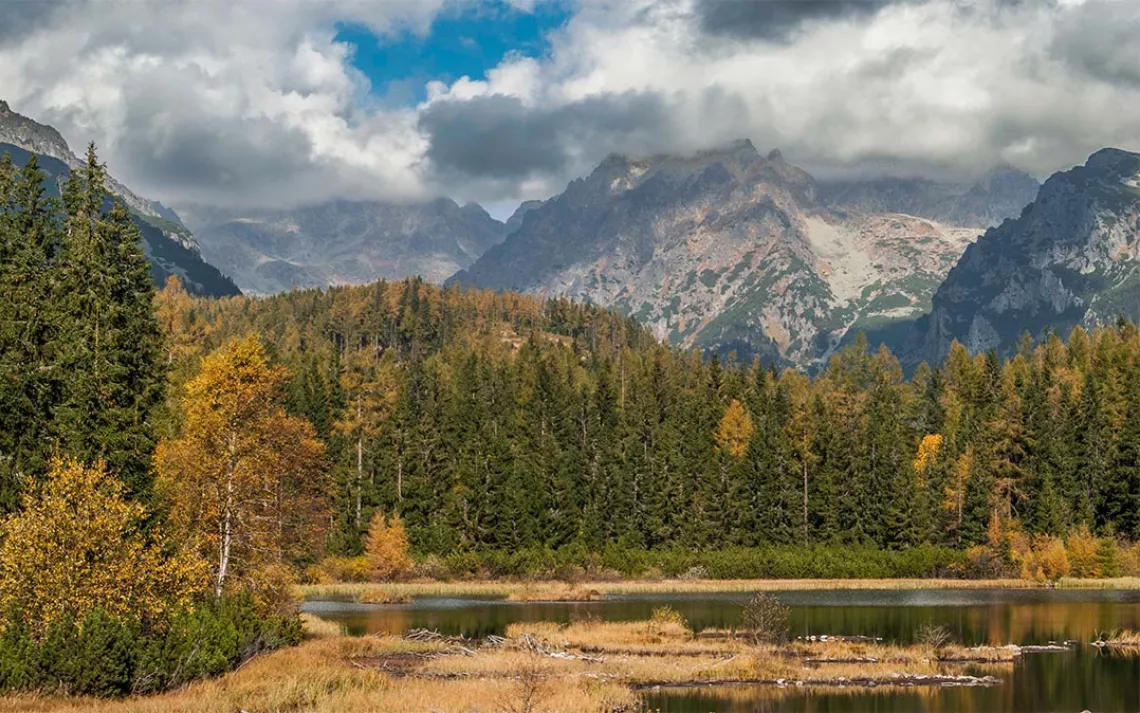
Štrbské pleso in the Tatras
The American Peace Corps and the National Park Service’s Office of International Affairs were both created in the 1960s, when collaborative projects with other countries were a fundamental building block of America’s foreign policy. Throughout the '60s and '70s, the NPS worked with USAID to place staff in Tanzania, Ethiopia, Peru, and other locations around the world. In turn, those staff helped establish national parks, run wildlife-management trainings, and coach park staff and wildlife managers. In 1972, the NPS signed a partnership agreement with the Peace Corps to help it develop and manage parks, and by the end of the '70s, the two agencies had expanded their cooperation to include work on broader environmental projects.
This program meant that a ranger at an American park like Yellowstone could get a two-year leave from their job to go work at a park in another country and still have their job when they got back. A Peace Corps volunteer could get training at a national park in the U.S., go abroad to share what they learned, and then be eligible for an NPS job when they came back. At one point, says Jacob Fillion, who worked for both organizations during the collaboration, the partnership between the Peace Corps and the NPS was one of the largest conservation projects in the world—both in staff numbers and international reach.
When the Iron Curtain fell in 1990, the NPS-Peace Corps became a key player in a Clinton-era plan to support democratic social structures—courts, voting systems, and so on—in former Warsaw Pact nations. Paul Labovitz, now superintendent of Indiana Dunes National Park—remembers working with Polish park directors who had enviable scientific research—highly detailed watershed studies and wildlife counts—but were eager to learn how to run programs that would bring visitors into the park.
Stephen Shipe, a former Peace Corps volunteer who worked in Slovakia’s Eastern Carpathians from 1993 to 1995, remembers Slovakian park managers struggling to make even basic decisions after decades of centralized planning. All decisions went through the bureaucracies in the capital city of Bratislava—it was as if Yosemite had to ask Washington, D.C., for permission every time it ordered office supplies. The area Shipe was assigned to had no infrastructure to accommodate park visitors: no campgrounds and no way to get information. This experience with crosscultural collaboration became a vocation—today, Shipe is an environmental policy and tribal lead for the Washington State Department of Transportation.
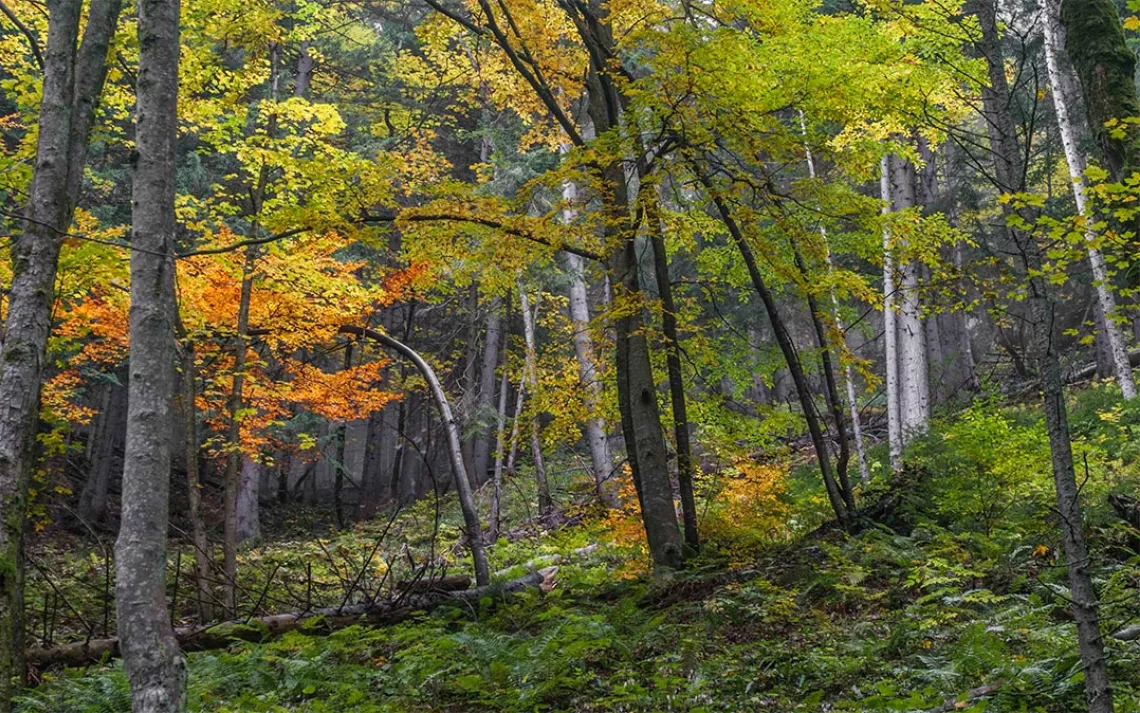
Michalovo, Tatras
Vançura remembers volunteering at a wide range of U.S. parks through the 1990s—some as far away as Alaska and Hawaii. “For me,” he says, “the biggest lesson was your wilderness concept.” He had never encountered a park where building no roads and no permanent structures, and deliberately not intervening in natural processes, was a purposeful part of park policy. “That was new,” says Vançura, “and something I wanted to bring to Europe.”
In 2001, after a 30-year run, the collaboration came to an end. “The Park Service felt they could no longer afford the international work,” says Fillion. “And under President Bush, the emphasis on international service took a hit.” But several of the relationships that blossomed under the program resulted in long-term “Sister Park” relationships. Rocky Mountain National Park, for example, still runs an occasional exchange program with Tatra National Park in Poland.
Fillion never forgot about the collaboration, though. Since 2010, he and Jon Putnam, an international park affairs specialist for the NPS, have been looking at how the program could find new life. In January of this year—after working with Jesse Buff, a former Peace Corps volunteer, and Jennifer Di Bella, the chief of learning and development at the NPS—the two organizations signed a Memorandum of Understanding, a formal agreement that commits to re-establish the connection and to begin identifying some pilot projects, including ones in Ethiopia and Mexico.
The Park Service, however, is facing huge cuts under the Trump administration, which has shown a similar disinclination to fund international diplomacy. "I don't think we'll be able to replicate what we had in the past,” says Putnam. “But we can get something going again."
Vançura is also optimistic. “It would be excellent,” he says, “to see your National Park Service back in Europe.”
 The Magazine of The Sierra Club
The Magazine of The Sierra Club
